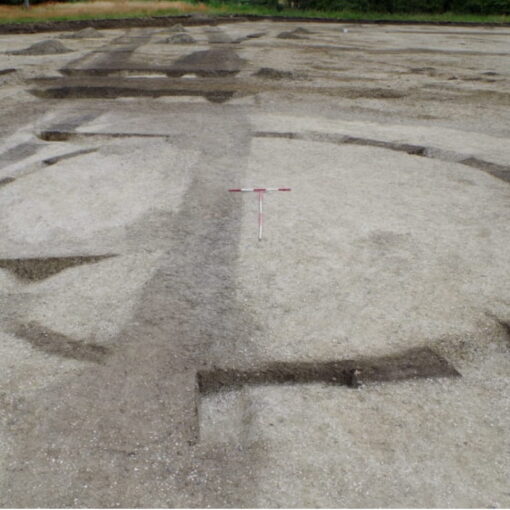A previously undiscovered 2 km wide circle of prehistoric shafts has been found near Stonehenge. They surround the ancient settlement of Durrington Walls, about 3 km from Stonehenge. The shafts measure more than 10 metres in diameter and 5 metres in depth
Experts working on the site, from the universities of St Andrews, Birmingham, Warwick, Glasgow and the University of Wales Trinity Saint David believe the 20 or more shafts may have served as a boundary to a sacred area connected to the henge. Tests suggest the ground works are Neolithic and were excavated more than 4,500 years ago.
“Remote sensing and careful sampling is giving us an insight to the past that shows an even more complex society than we could ever imagine,” the BBC quoted Richard Bates, from St Andrews’ School of Earth and Environmental Sciences, as saying.
“Clearly sophisticated practices demonstrate that the people were so in tune with natural events to an extent that we can barely conceive in the modern world we live in today.”
Tim Kinnaird, of the same school, said: “The sedimentary infills contain a rich and fascinating archive of previously unknown environmental information.
“With optically stimulated luminescence profiling and dating, we can write detailed narratives of the Stonehenge landscape for the last 4,000 years.”




